The Great Manipulator
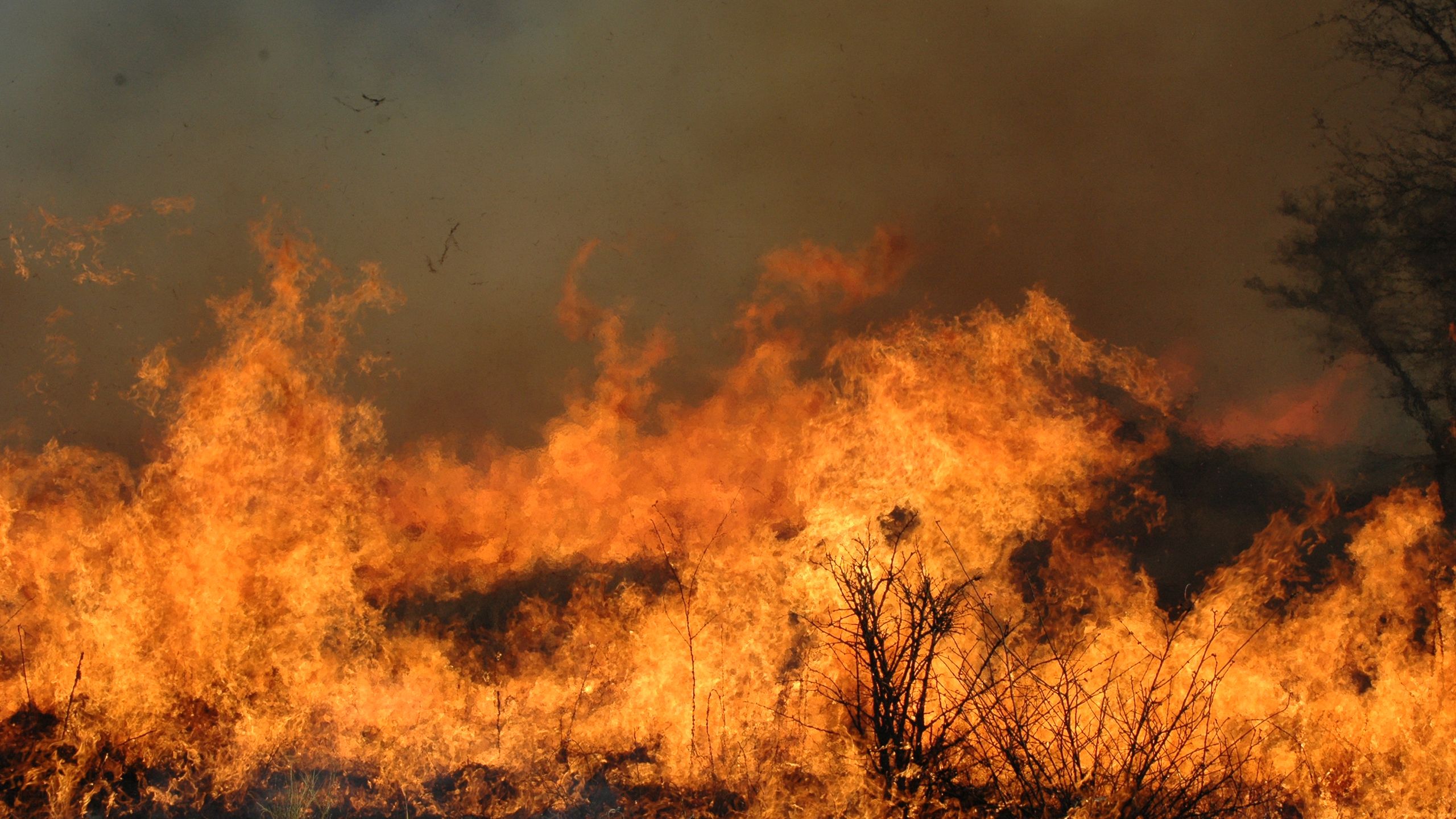
Fire.
It burns five percent of the Earth’s surface every year, releasing carbon dioxide equivalent to 20 percent of our annual fossil fuel emissions.
Before humans started interfering with the planet, the majority of carbon released by wildfires was recaptured as ecosystems regenerated.
This is no longer the case.
“Fire is a force to be reckoned with. The really intense wildfires we’re seeing on the news are burning people’s houses down. They’re burning people in their cars. It’s shocking.”
For Adam Pellegrini, who has spent his career studying what happens when natural landscapes burn, the recent Californian wildfires are a glimpse of the future.
“The majority of increased fire activity we’re seeing in coniferous forests is due to climate change,” says Pellegrini. “The fire season is getting longer. Conditions are drier, so sparks are more likely to take hold and spread. Increases in drought, beetles and pathogens kill the trees and create more fuel. The combination can lead to really intense fires, which also cause more combustion in the soil.”
Much of Pellegrini’s research has focused on savannah grassland fires, which account for about 70 percent of the total burned area across the globe, and are the dominant source of fire-related carbon emissions. Grass grows quicker than trees, causing biomass to accumulate faster in these landscapes and burn more frequently.
Agricultural expansion in Africa is fragmenting the savannah, leading to an overall decrease in the area of the planet that burns each year. Forest fires, meanwhile, are on the rise.
In forests, the hotter, more intense fires in recent years are not only releasing carbon from wood and leaves – but from the soil itself. When soil microbes break down fallen leaves, dead plant matter and roots, the carbon in this plant biomass is released and can associate with minerals in the soil to become very stable. But the energy of an intense fire can burn it back off, releasing carbon dioxide into the atmosphere.
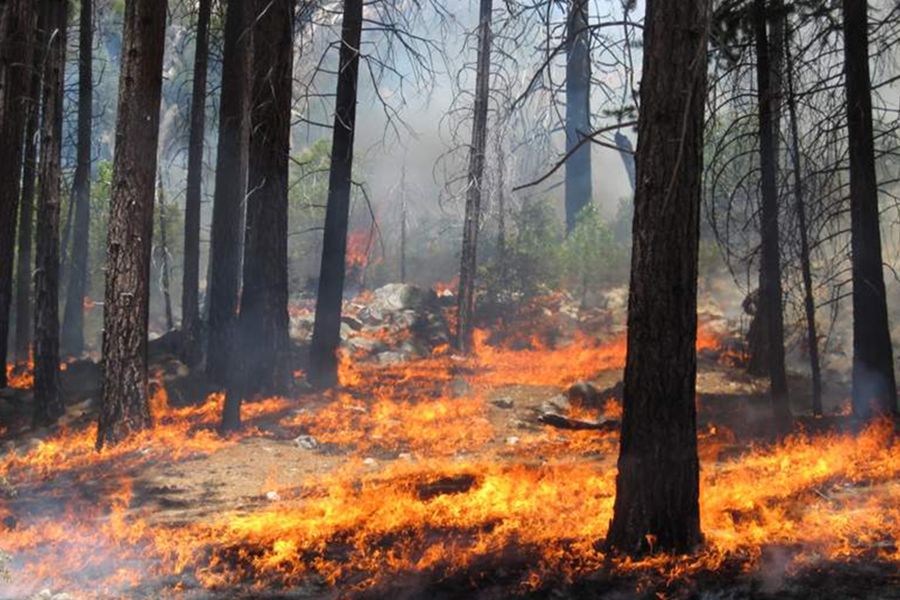
Forest fire, California. Credit: Tony Caprio
Forest fire, California. Credit: Tony Caprio
The implications for fire-driven changes in soil carbon are potentially significant. Soil contains at least three times more organic carbon than the atmosphere or terrestrial plants, making it an important global carbon pool. And soil carbon is centuries old, rather than the decades-old carbon in the trees. In the past it was a relatively stable part of the forest ecosystem.
“Researchers are now scrambling to understand the climate implications of the rising frequency and intensity of forest fires,” says Pellegrini. “These fires are much more driven by climate change, and they’re going to start playing an increasingly important role in global carbon emissions.”
Burning questions
Pellegrini’s interest in fire extends far beyond its role in the carbon cycle: he wants to know how it affects entire ecosystems. In 2016 he created the world’s first collaborative network of experimental burning, to leverage data from 58 sites across the world where researchers had been independently investigating the long-term effects of fire - some since the 1950s.
“Until we started putting together the network, there were all these studies that had been manipulating fire for decades, but without any proper coordination,” he says, “so there wasn’t any cohesive understanding of how fire affects ecosystems over time.”
The network includes sites spanning African, North American, Australian, and South American savannahs and grasslands, as well as forests in South America, Australia, Europe, and North America – all ecosystems that experience natural burning, or would do so if humans weren’t suppressing fires.
Site managers help Pellegrini with access permits. But the real benefit comes from everyone working together to help understand the effects of ‘fire manipulations’ - experimental burns at a range of frequencies and intensities across this broad geographical range of ecosystems.
The work aims to discover how ecosystems respond to changes in fire regimes, from fire suppression in naturally burning savannahs, to more frequent burning in forests that would naturally burn only periodically.
“I’m interested in how fundamental processes dictate the way ecosystems respond to changing fire regimes: like the soil properties and the composition of plant communities. It’s a really exciting area of research. Fire is acting as the great manipulator, helping us test ecological theories developed decades ago,” says Pellegrini.
The network’s first results were published in a Nature article in 2018. They showed that frequent burning over decades had a significant effect on soils - in complete contrast to earlier studies that had found little effect following a single fire.
“Over time, fires cause loss of soil carbon and nitrogen in savannah grasslands and broadleaf forests. This subsequently decreases the amount of carbon that can be stored in the trees and plants of these ecosystems. Their capacity to act as a carbon sink is going down,” says Pellegrini.
“We need these long-term studies because the effect of a single fire is very different from repeated burning over time. As fire frequency increases because of climate change, the structure and functioning of these ecosystems are going to change in so many ways."
A natural process
Some sites, such as those within the Sequoia National Park in California, are in areas where fires have been actively suppressed for decades to try and protect the forests.
In the mid-1900s, the park managers realised there were lots of huge sequoia trees but no juveniles. They took cross sections of tree trunks to get an idea of how frequently the sequoia groves had burned in the past. Fire charring on the tree rings pointed to regular, natural burning.
“That’s the beauty of forests: natural forest fires are a source of health and restoration for ecosystems."
Trees and plants have evolved in the presence of fire over millions of years. Fires remove the dead bark and wood, and burn leaf litter from the soil so that new seedlings can establish and grow. But when ecosystems burn too frequently they can’t regenerate.
“The optimal fire frequency is ecosystem-dependent. That’s why there’s no silver bullet for fire management,” says Pellegrini.
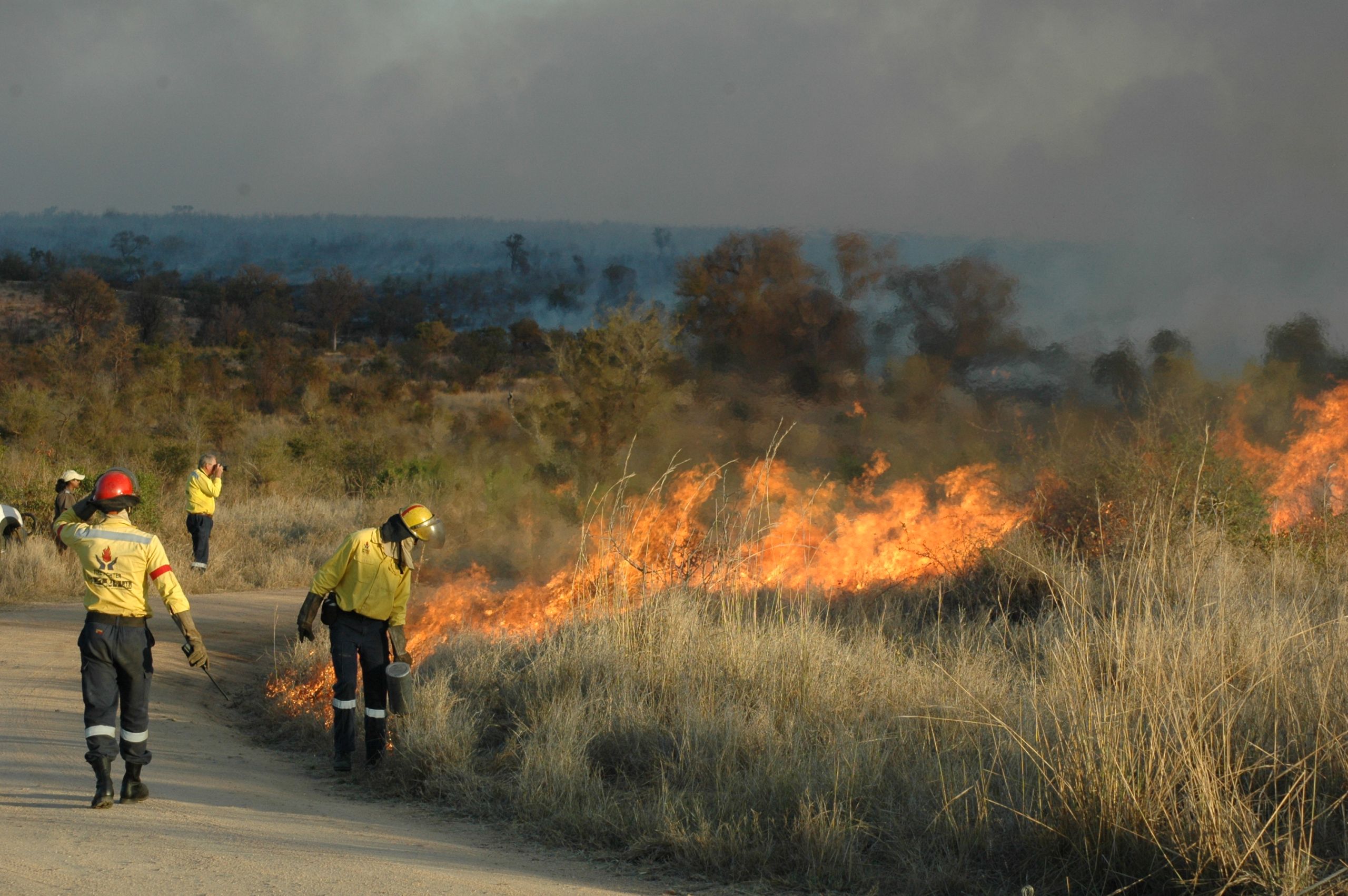
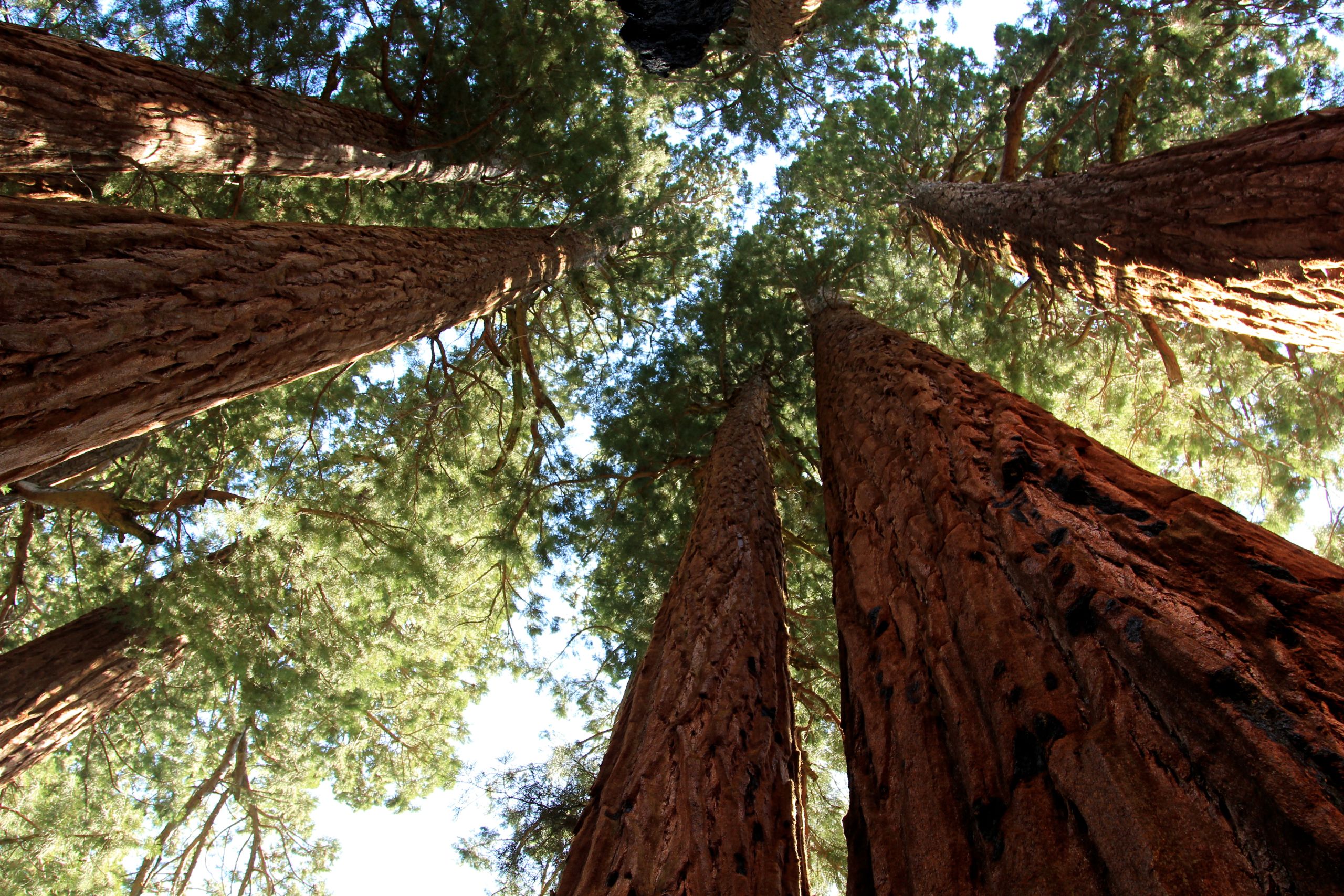
Building resilience
By assessing how different ecosystems respond to fire disturbance over time, the network aims to help park managers work out the optimal burn frequency for their specific sites. Through ‘prescribed burns’, managers can to try to limit intense fires and help ecosystems stay healthy.
Burning African savannahs every year - which is done in some places - is killing most of the trees and changing the grasses that grow. But excluding fire altogether results in rapid encroachment of tree cover. Pellegrini’s work has shown that burning every three years is the best compromise, supporting a good mix of trees and grasses.
And in forests, prescribed burns at intermediate frequency are far less intense than the devastating wildfires of recent years. Instead of burning down entire trees so that all regrowth is the same age and could be wiped out in a subsequent fire, in moderate intensity fires the flames only reach up a few metres - allowing trees across a variety of species and ages to survive.
Prescribed burn in mixed conifer forest - including white fir, giant sequoia and red fir - at Sequoia National Park, California. This was the first fire after several decades of suppression. Photo by Tony Caprio.
Second prescribed burn in ponderosa pine and black oak forest, Cedar Grove, California, a decade after the first. Photo by Tony Caprio.
“Managers in coniferous forests are trying to adapt to the severe wildfire conditions. They can’t exclude fire because a lot of biodiversity is lost that way. Prescribed burns try to mitigate carbon losses, and limit these intense fires.”
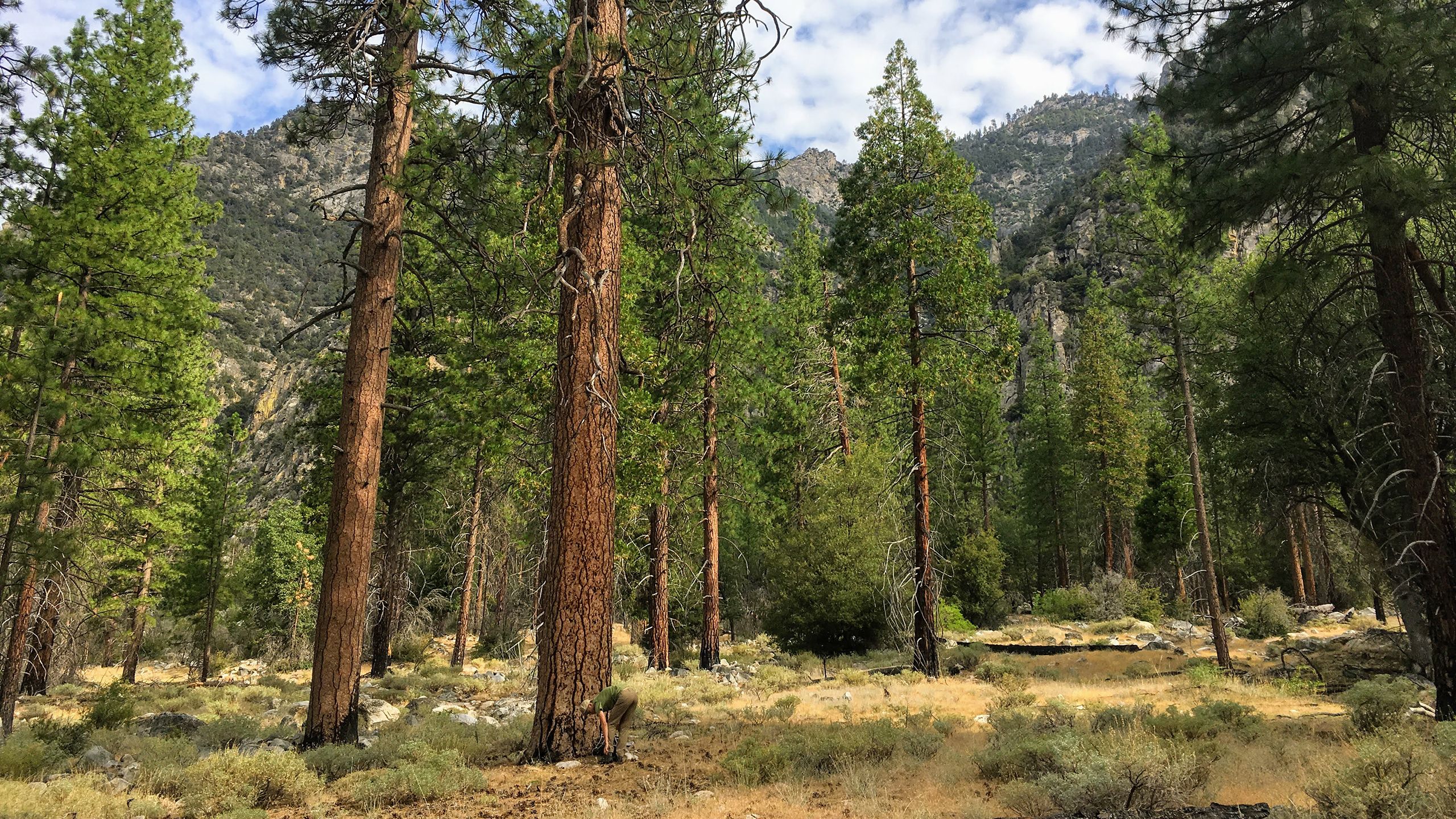
Surveying ecosystems in the aftermath of fires has meant spending a long time with his ‘head in the dirt’, as Pellegrini puts it. And while his focus on soils will continue, understanding the fire behaviour behind ecosystem changes is also vital in working out how to build ecosystem resilience. In the future he also hopes to spend more time looking up at the flames.
Dr Adam Pellegrini joined the University’s Department of Plant Sciences in March 2020. He can be contacted at ap2188@cam.ac.uk
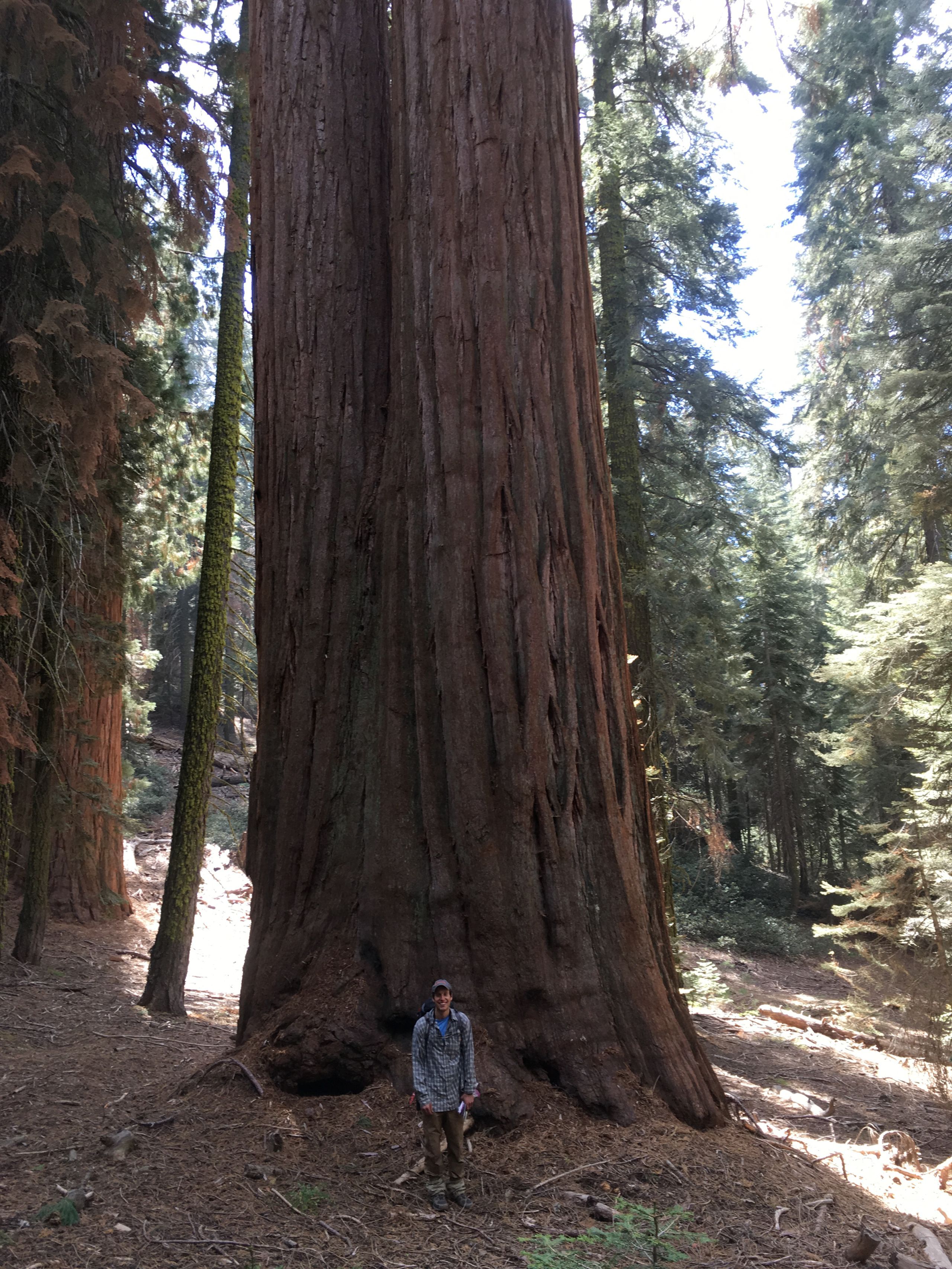
https://pellegriniecologylab.com/
Photo Credits: 1. Fire in an African savannah, Kruger National Park. Credit: Corli Coetsee; 2. Prescribed burn, California. Credit: Tony Caprio; 3. Prescribed burn, Kruger National Park. Credit: Corli Coetsee; 4. Giant sequoias, California. Credit: Su May on Flickr; 5. Prescribed burn, Sequoia National Park, California. Credit: Tony Caprio; 6. Prescribed burn, Cedar Grove, California. Credit: Tony Caprio; 7. Forest ecosystem restored after fire. Credit: Adam Pellegrini.


